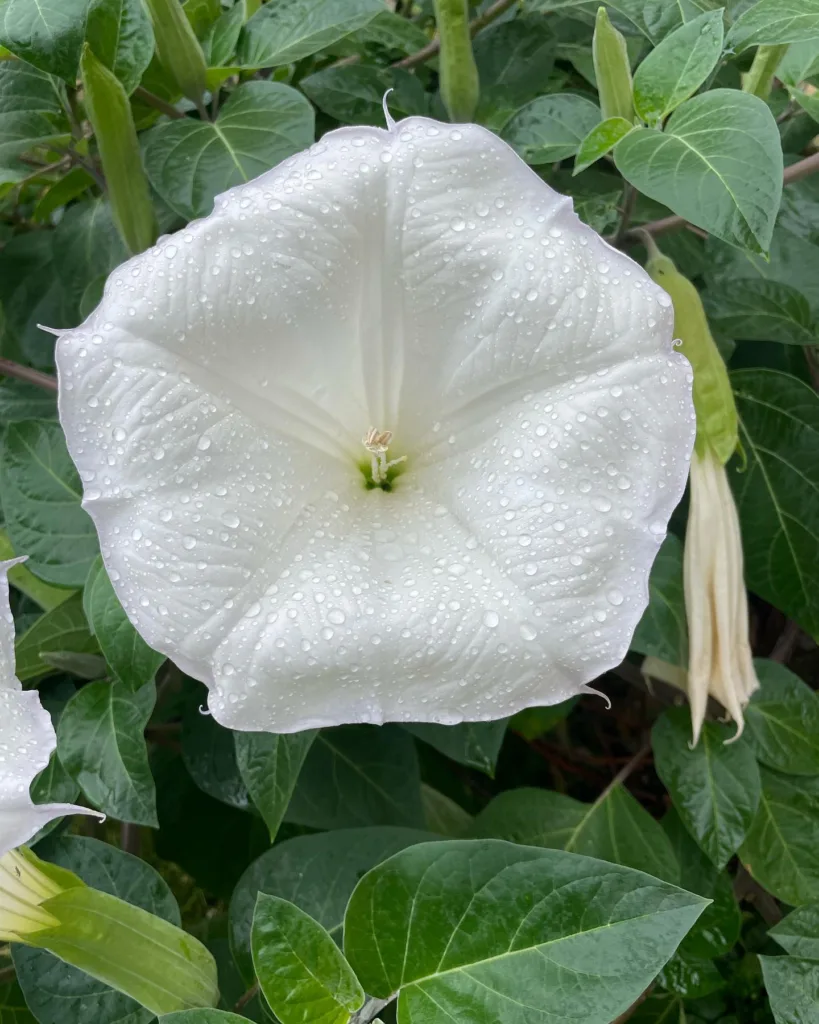
Yucca Flaccida: The Flaccid-Leaf Charmer – An FAQ by Ferb Vu
Hi everyone, Ferb Vu here! Today, we’re diving into the world of Yucca flaccida, a fascinating plant with a surprisingly descriptive name. Often called Adam’s needle or weak-leaf yucca, this species offers a unique aesthetic and surprising resilience. Whether you’re a seasoned gardener or a curious beginner, this FAQ will answer your burning questions about Yucca flaccida.
54 Species in Genus Yucca
What is Yucca flaccida?
Yucca flaccida is a flowering perennial belonging to the asparagus family (Asparagaceae). Native to south-central and southeastern North America, it thrives in regions stretching from the Great Plains to the Atlantic coast. This sun-loving plant is known for its spiky, sword-shaped leaves that often droop gracefully – hence the name “flaccida,” meaning “weak” or “feeble” in Latin.
Yucca Flaccida vs Filamentosa
I’ve found that Yucca Flaccida, with its more compact, rosette-like growth and softer leaves, makes a beautiful, low-maintenance addition to my garden, whereas Yucca Filamentosa, with its taller, spiky appearance and wiry leaf edges, brings a more dramatic, architectural look that’s great for adding height and structure.
How does Yucca flaccida differ from other Yucca species?
While Yucca flaccida shares some characteristics with its Yucca cousins, there are distinct differences. Here’s a quick breakdown:
- Leaf structure: Yucca flaccida’s leaves are typically thinner and more flexible than those of other species, like the Yucca elephantipes (commonly known as spineless yucca). They also tend to droop more noticeably.
- Stems: Unlike Yucca aloifolia (Spanish dagger) that forms a single, central trunk, Yucca flaccida is stemless. It grows in clumps, forming offsets or “pups” that create a fuller appearance.
- Flowers: Yucca flaccida produces white, bell-shaped flowers on stalks that emerge from the center of the rosette. These blooms are similar to those found on other Yucca species, attracting pollinators like moths and yucca moths.
Is Yucca flaccida easy to care for?
Absolutely! Yucca flaccida is a low-maintenance plant, perfect for busy gardeners or those new to the plant world. Here’s what you need to know:
- Light: This sun worshiper thrives in full sun, needing at least 6-8 hours of direct sunlight daily.
- Water: Yucca flaccida is drought-tolerant. Water deeply when the soil feels dry to the touch, allowing for good drainage. Avoid overwatering, which can lead to root rot.
- Soil: Well-draining, sandy soil is ideal. You can amend your existing soil with sand or perlite to improve drainage.
- Fertilizer: While not strictly necessary, a balanced fertilizer applied once or twice during the growing season can encourage healthy growth.
Can I grow Yucca flaccida indoors?
While Yucca flaccida prefers the outdoors, it can adapt to container life with proper care. Here are some tips:
- Choose a pot with drainage holes: This prevents waterlogging, a major threat to indoor Yuccas.
- Provide bright, indirect sunlight: A sunny window is ideal. Rotate the pot regularly to ensure even growth.
- Water conservatively: Allow the soil to dry out almost completely between waterings. Err on the side of underwatering.
- Maintain good air circulation: This helps prevent fungal diseases.
Remember: Indoor Yucca flaccida might not flower as readily as those outdoors due to limited light.
Is Yucca flaccida safe for pets?
Unfortunately, Yucca flaccida is toxic to both cats and dogs. The sharp leaves can cause mouth injuries, and ingesting any part of the plant can lead to vomiting, diarrhea, and lethargy. If you have pets, consider placing your Yucca flaccida in a location they cannot access.
How can I propagate Yucca flaccida?
Propagating Yucca flaccida is a breeze! Here are two methods:
- Pups (offsets): These “baby” Yuccas that sprout around the base of the mother plant can be carefully separated with a sharp knife. Pot them individually in well-draining soil and care for them as you would a mature Yucca flaccida.
- Leaf cuttings: Take a healthy, mature leaf, cut off the bottom third, and allow the cut end to callous over for a few days. Plant the calloused end in a pot with moist sand and keep it warm and humid. With patience, roots will develop, and a new Yucca flaccida will emerge.
What are some common problems with Yucca flaccida?
Yucca flaccida is generally a pest- and disease-resistant plant. However, here are a few potential issues to watch out for:
- Overwatering: This is the most common problem. Yellowing leaves or a mushy base are signs of root rot. Adjust your watering schedule and allow the soil to dry completely before watering again. In severe cases, you might need to repot your Yucca flaccida in fresh, well-draining soil.
- Scale insects: These tiny, sap-sucking pests can appear as bumps or scales on the leaves. Treat them with insecticidal soap or neem oil spray.
- Mealybugs: These cottony white insects also feed on plant sap. You can remove them manually with a cotton swab dipped in rubbing alcohol or use insecticidal soap.
By keeping an eye out for these issues and providing proper care, your Yucca flaccida will thrive for years to come, adding a touch of elegant resilience to your garden or indoor space.
If i die, water my plants!



